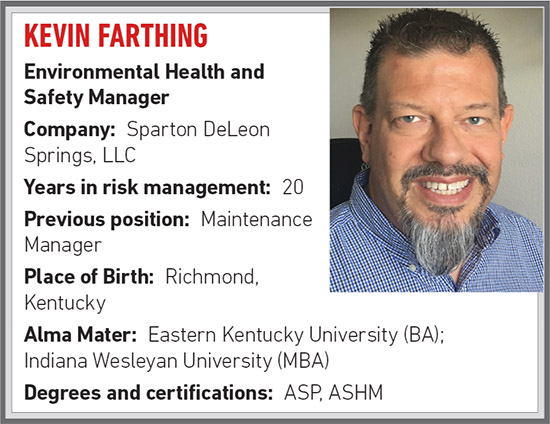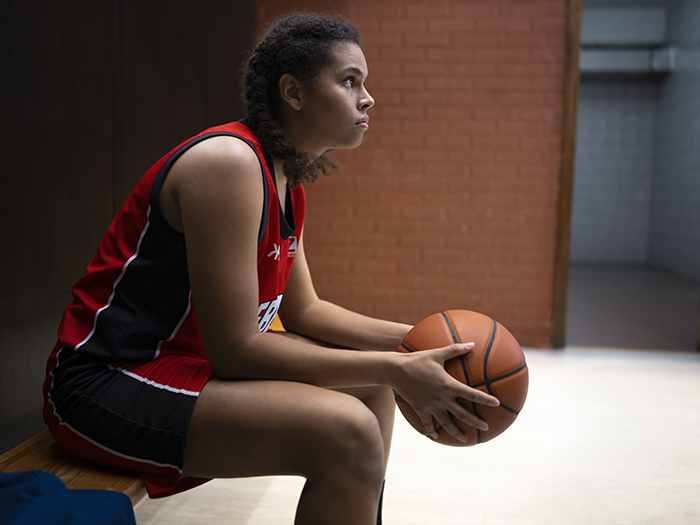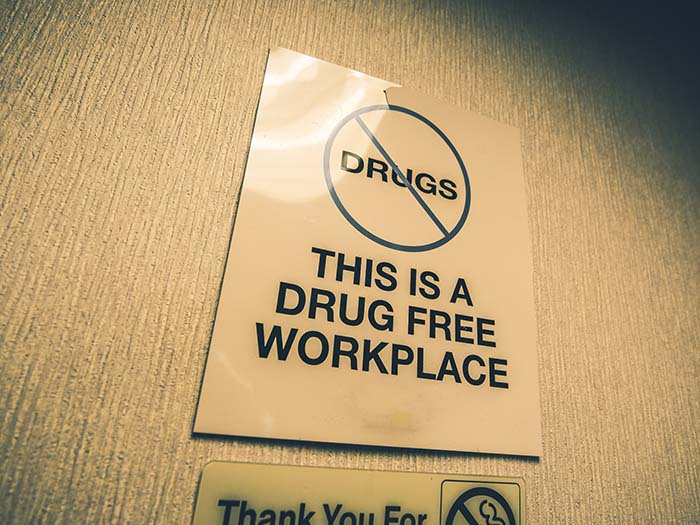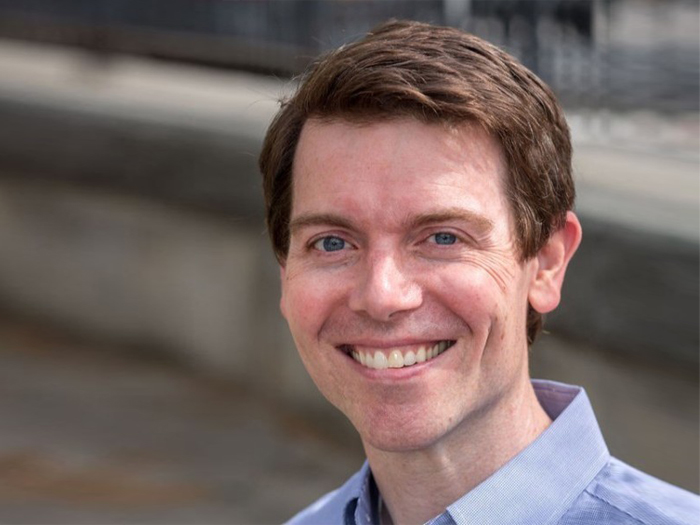The Profession
With Safety His Top Priority, This EHS Manager Embodies Employee Advocacy
R&I: How did you come to work in risk management?
I got involved in employee safety and risk management working as a contract manager for a maintenance and engineering group for a major automotive manufacturer. We were asked to do some lockout/tagout and confined space procedures and training for that facility, and I found that working with people and making the workplace safer made me feel good about what I was doing.
My vice president of the company at the time always said, “What you do day-to-day in your job should affect your eulogy.” And I would rather someone at my eulogy say, “That guy saved my life,” rather than “That guy kept my piece of equipment running.”
I had guys come up to me after training and say “thank you for doing this, it may have saved my life.” That impacted my whole career.
R&I: What are some of those changes you made that had such an impact on workers’ feelings of safety?
The main problem at this facility was that people just weren’t focused on the small things. Risks slipped through the cracks.
For example, they had isolated confined spaces throughout their facility, but no one had recognized this was a hazard, so the employees hadn’t been trained or made aware of the risk.
We were able to do some training and increase awareness among the employees, and once they recognized the danger, you could see the light come on in their eyes. They began to realize how close they’d come to getting injured in the past and how to prevent it in the future.
R&I: What makes a successful safety culture?
There are two primary tenets. First is that senior management has to understand the importance of the safety culture, and they have to live it and demonstrate it daily, not just talk about it. Second is employee ownership and buy-in of the process. Workers should feel empowered to make changes and improve processes without a lot of management involvement.
R&I: What trends or changes have you noticed in how safety is prioritized or approached?
Over the past eight to 10 years, I’ve noticed an increasing bias against industry and employers as a whole. People are less tolerant of safety issues now than they used to be, and employees are quicker to blame their employers. They expect more from the safety side of the house.
“I would rather someone at my eulogy say, ‘That guy saved my life,’ rather than ‘That guy kept my piece of equipment running.’ ”
It has forced me to become even more of an employee advocate and make sure the employees see I am working for them and with them to keep them safe.
As the culture changes, you have to be a lot more careful about how you’re communicating the benefits of any safety program and especially the benefits to the company; the employees have to see it as a direct benefit to them.
R&I: What’s the biggest challenge you’ve faced in your career?
The biggest challenge is getting management and the leadership of the company to understand the investment that’s required upfront to eliminate safety risks. The payback from these initiatives far outweighs the initial investments, but some of the initial investments have been quite large.
R&I: How do you use data to demonstrate the ROI of safety programs to upper management?
It’s really about understanding the leadership team and knowing your audience. You have to package the data in the way that they want to see it and understand how they will interpret it. One set of managers may want to see the cost of an initiative and the straight ROI, and others may want to see the other side of the coin — the cost of doing nothing. The data itself is important, but the way you present it makes a difference.
R&I: Have you had any mentors in your career?
First and foremost, my father. He showed me what a good work ethic is and the value it holds. Also Stan Rouch, who was a plant engineer at a previous employer. He helped me set better expectations for myself and made me realize what I could achieve. He made me aware that I had much more potential than I realized and also helped me understand I was getting too caught up in things I could not control. He helped me build self-confidence that has stabilized me and helped center me in my career.
I find it fulfilling that I can let people know management truly does care about their well-being. We do put our people ahead of productivity and profits.
R&I: What about this work do you find the most fulfilling or rewarding?
I find it fulfilling that I can let people know management truly does care about their well-being. We do put our people ahead of productivity and profits. You don’t reach many people on that level, but when you do and they really get that you care, it’s so rewarding.
R&I: What is the riskiest activity you ever engaged in?
White-water canoeing. I’ve had a few experiences that could have gone a little differently than they did.
R&I: What are some of your hobbies or interests outside of work?
I mostly enjoy activities that challenge me either on a physical or mental level, especially those that get me outside and working with my hands. I love saltwater fishing and boating. I love to build and create things whether that be furniture or some project around the house. I consider myself a barbecue pitmaster. I enjoy playing bluegrass mandolin and guitar. I still enjoy white-water canoeing, though I don’t get to do that much anymore now that I live in Florida.
R&I: What do your friends and family think you do?
They probably think I walk around with a clipboard catching people doing things wrong. Most of my friends and family know that I manage the safety programs for my company and that I take care of employees once they’re injured as well through managing workers’ comp claims. &











